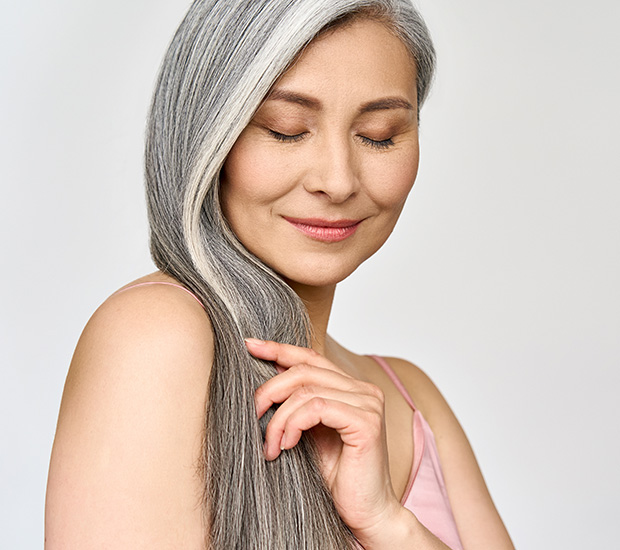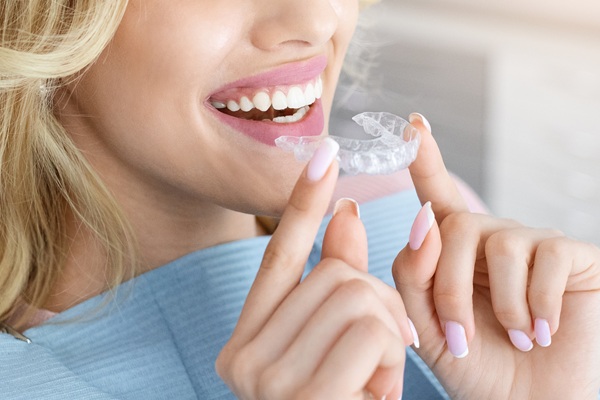Laser ResurfacingAurora, CO
Laser resurfacing is a skin resurfacing treatment that involves the use of lasers to enhance the appearance of the skin and correct minor facial flaws through the removal of skin layers. This procedure can be performed with either ablative or nonablative lasers. Laser resurfacing can reduce the appearance of fine lines and wrinkles on the face. It can also improve skin tone and complexion to correct scars and sun damage.
Who needs laser resurfacing?
A patient might need laser resurfacing if they have:
-
Wrinkles
Uneven skin tone or texture
Sun-damaged skin
Scars
Age spots
Not everyone can get laser resurfacing. The treatment is not advisable for patients with autoimmune disease, very dark skin, active acne or who are prone to scarring.
Preparing for laser resurfacing
During the patient’s initial consultation, the doctor will review their medical history (past or existing medical conditions or medications) and perform a physical examination of the skin. Discussions will also include the patient’s goals for the treatment, the benefits, risks, and aftercare.
Ahead of the procedure, the doctor will recommend treating existing infections and taking antibiotics to prevent a bacterial infection. Also, the patient may need to avoid extended sun exposure, which could cause permanent skin pigmentation. The doctor may also recommend a topical retinoid and sunscreen for the skin a few weeks before the treatment. If sedation is used, patients will need to arrange for transport back home after laser resurfacing.
What to expect during laser resurfacing
Ablative laser resurfacing is performed on an outpatient basis. The doctor will apply a local anesthetic to numb the skin. The patient might also be fully sedated for extensive resurfacing, such as full facial treatment.
Ablative laser resurfacing
During ablative laser resurfacing, the doctor will aim an intense laser beam at the skin. This will damage the outer skin layer (epidermis). Concurrently, the laser heats the skin underneath (dermis), shrinking the collagen fibers. A new tighter and smoother skin will form as the wound heals. The process usually takes between 30 minutes to two hours, depending on the method used and the size of the treatment area.
Nonablative laser resurfacing
For nonablative laser resurfacing, the doctor will shield the eyes and apply topical anesthesia on the skin an hour before the procedure. Additional pain relief might be needed for fractional photothermolysis. The doctor will protect the first layer of the skin with water-based gel. The laser destroys the collagen under the skin and boosts the development of new collagen, thus improving the texture, tone, and appearance of the skin. No skin layer is removed in this treatment.
Nonablative laser resurfacing usually takes about 15 to 90 minutes. Multiple treatment sessions will be scheduled over several weeks or months. While this treatment is minimally invasive and needs less recovery time, it is not as effective as ablative laser resurfacing.
Recovery
The skin will appear red and swollen after an ablative laser resurfacing. The doctor will recommend over-the-counter pain relievers and ice packs for the pain. It usually takes one or two weeks for the new skin to fully form, depending on the type of laser and depth of treatment. For ablative laser resurfacing, patients can resume regular activities almost immediately..





